Indoor Baseball Drills
That Aren't Boring
The weather is rotten and your players have blisters from hitting in the tunnel so much, lol.
You are thinking about cancelling tomorrow’s practice because you have nothing for the players to do inside besides more soft toss.
Don’t do it. Instead, it is time for some indoor baseball drills.
The baseball drills that you can do inside obviously depend on how much room you have.
So let’s talk about where you practice.
Many cities, especially those that have snow and cold weather in the winter, have indoor facilities that rent space just for baseball practice.
If one is available and in your budget then you are
set.
Find a Gym
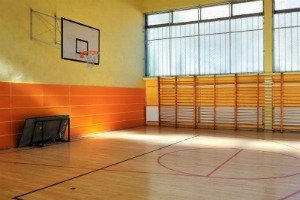
But if that is not the case, don’t fret. Gyms, like church or school gyms can be used without causing any damage.
If the facility manager is worried about damage to the floor or other areas from baseballs, consider using tee balls or tennis balls.
A soft type of ball will usually get you approved to use a gym. Just
stick to your agreement and only use soft balls for indoor baseball
drills.
OK, you found a gym and you have some tee balls, now what? Well, your coaching skills are about to really be tested here.
This may be the hardest part of coaching, besides
choosing who has to sit out in a game. Baseball drills and gyms are not made for
each other.
But here is the deal. If your future opponents are not practicing and are sitting at home, your team is getting a leg up on them.
If other teams are also practicing inside, your team is at least keeping up with them.
Your team needs
these practices, and they will only be helpful if you make a good
plan.
Indoor Baseball Drills Practice Plan
Before we start talking about indoor baseball drills, let’s discuss your practice plan.
Kids (and adults) get bored a lot faster indoors than outdoors. So try to limit their idle time as much as possible. That means having as many different stations as possible.
Recruit parents to help you out. Usually if you
ask a parent to help they will. So don’t be shy about asking.
And any type of competition helps indoor baseball drills go by faster. For instance, break your team up into three groups and have three different stations.
Start each group with a different station. When it comes time to have the groups rotate stations, first have the groups run a relay race.
This will
wake them up and get them ready for the next station.
Three Types of Indoor Baseball
Drills
Now it is time to talk indoor baseball drills. There are three types of drills that work well inside: throwing, fielding and agility.
And there are many
different drills for each one of these types.
Throwing
Let’s start with throwing. In fact, your practice, after initial stretching, should start with throwing.
Even though you are doing indoor baseball drills,
the players still need to warm up their muscles, and then their arms.
A good throwing drill to start off with indoors is throwing while kneeling on one knee. The knee that is up is on the opposite side of your body as your

quickly point out any flaws in throwing mechanics. Watch to make sure their arms
are up above their shoulders and that they have a good follow
through.
Accuracy has to also be good when throwing from one knee. Be sure they are
looking and pointing their shoulder at the person they are playing catch with.
Bad body alignment is hard to overcome.
Now have the players stand up. It is time to try the “Point Game”. The “Point Game” along with a couple of other throwing drills is the second drill described in the article Baseball Throwing Drills.
In fact, if you are not too cramped for space, you may be
able to do the other three drills in that article and also these two articles:
Team
Throwing and Hot Box Drills, and Relay
Throws and the Cutoff Man.
Fielding
Now let’s move on to fielding. One of the best indoor baseball drills is bare hand fielding. It’s a pretty simple drill where you hit ground balls (tee balls or tennis balls) to your players and they are not wearing their gloves.
The main
point of this drill is to teach them to use both hands when
fielding.
And with the floor being smooth, there will be no bad hops. This helps build confidence in young players. Using a soft ball on a smooth floor should eliminate any fear of a ground ball.
Really use this opportunity to teach the
fielders to get in directly in front of the ground ball. No fielding from the
side.
Some coaches go and buy the flat paddle for their players to wear on their glove hand. This can help but is not necessary. You can also add a first baseman into this drill.
Once they field the ground ball, have them throw to first. If
room allows, even add a runner going from home to first into the mix. Now you
have a full blown drill.
Using a fielder, a first baseman and a runner you have three players involved in this drill. Rotating other players at the fielding and running positions you can five or seven players staying active with this drill.
And again, if room
allows, you can do all of the drills from the article Baseball
Infield Drills. Some of these are great indoor baseball drills.
Agility Drills
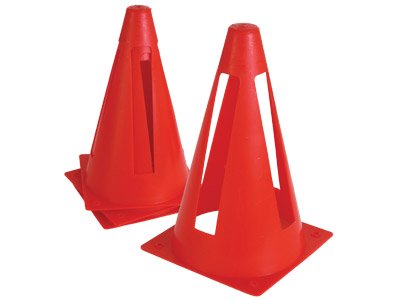
And the last type of the indoor baseball drills we will talk about is agility drills. There should be very little problem doing agility drills indoors.
All
you need is some running room and maybe a few cones. The off season is a great
time to have regularly scheduled agility training. Set up a weekly schedule and
you will have more players participating.
One of my favorite indoor baseball drills for agility is called the four corner drill. All you need is about a sixty square foot area (not very big) and four cones or other markers.
Place the cones in a square about fifteen feet
apart. The player starts this drill on the far right side of the square, beside
the bottom cone.
X...............X
X...............X (start right
here and go up)
He runs pass the cone in front of him, then takes two lateral steps to his left. Now he should be in the middle of the top cones. With his back to the cones, he now runs backwards pass the two bottom cones.
He laterally side steps
to the left and runs on the outside of the cones, going pass the top left cone.
He goes around the cone and diagonally runs back to the starting
point.
In the beginning just do one or two reps at a time, then work up to five or six by the end of the winter. And you can spread the cones out farther apart.
Also, try different variations of front and backward running. This drill will
increase foot speed and fielding agility.
To find some other great agility drills be sure to check this article, Baseball
Training Drills. Another great article to read is this article that
discusses sharing the cost of a personal trainer, Training
for Baseball.
A raining day or the cold and snow of winter doesn’t have to mean that baseball players sit around and eat bons-bons.
Instead find an a gym and do some indoor drills.
Here is a listing of the drills under the Team Drills Section:
Team Drills:
- Game like Practice
- Team Workup Drill
- Relay Throws
- Team Throwing Drills
- The Workup Defensive Drills
- Fielder’s Communication Drill
- Indoor Baseball Drills
- Game of Pepper and Game of 2 Ball Toss
- Game of Flip and Game of 500
- The Doubles Game
Infield Drills:
- Infield Instruction
- Live Infield Action – My Favorite Infield Drill
- Teach Fielding Groundballs the Right Way
- Infield Throwing and Double Play Drills
- The Hot Box Drill
- Indoor Baseball Drills
- Fielder’s Communication Drill
- Relay Throws
- The Workup Defensive Drills
Outfield Drills:
- Outfield Instructions
- Outfield Drop Step Drill
- Game like Situations
- Fielder’s Communication Drill
- Relay Throws
- The Workup Defensive Drills
Coaching Tips and Misc Drills
- Coaching Baseball Tips
- Coaching Youth Baseball - Should I
- Coaching Little League Baseball
- Base Running Drills
- Baseball Coaching is Right For You
- Baseball Coaching Tips - Intimidating Coach
- Throwing with Accuracy and Power
- Baseball For Kids
- Youth Baseball Instruction - Playing Scared
- Youth Baseball Coaching – What's Your First Priority?
Return
from Indoor Baseball Drills to Baseball Instruction
Return from Indoor Baseball Drills
to Helpful Baseball Drills

Do You Want To Hit At Home?
Subscribe to "Extra Innings" our every few weeks newsletter loaded with baseball drills, ideas and stories.
Looking For the Best Wood Bats at the Lowest Prices?
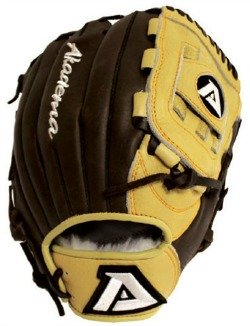
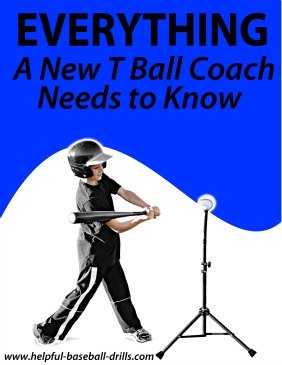
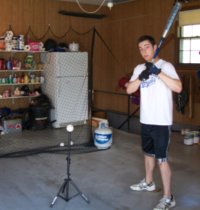

New! Comments
Have your say about what you just read! Leave me a comment in the box below.